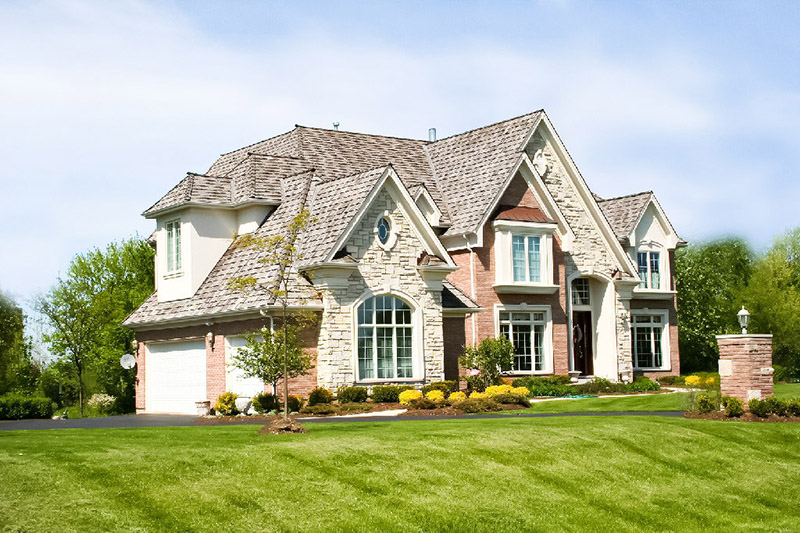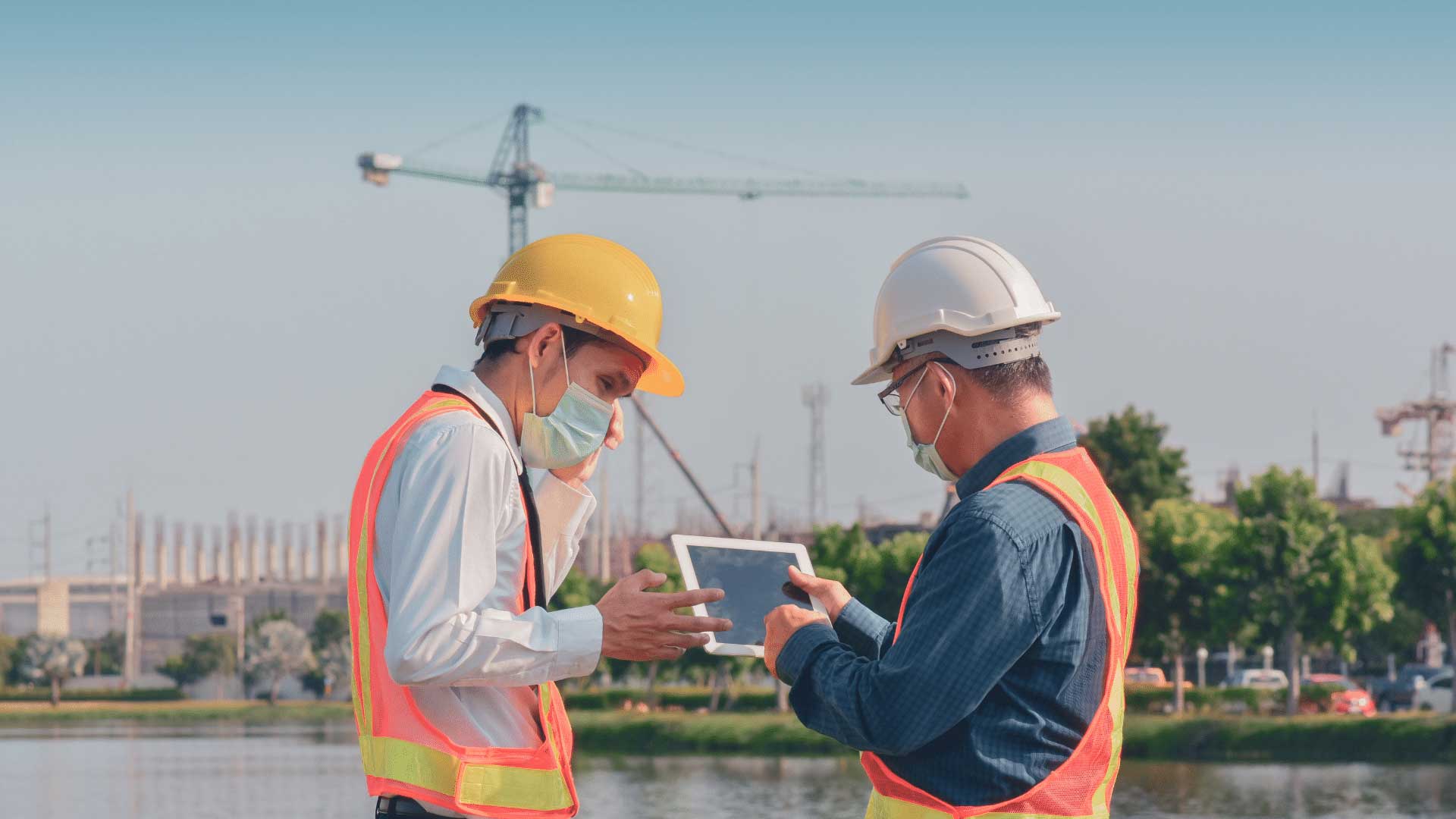Installing a new roof can be an expensive and time consuming process, yet it is essential for protecting your home or business from the elements.
It is important to consider several factors when deciding on what type of roof to install, such as cost, materials used, warranties offered and the installation team chosen. This article will discuss various things that should be taken into account before installing a new roof.
Cost Analysis
The first step in determining if a new roof is the right choice for one’s property is an analysis of cost. This includes budgeting options, such as securing financing or utilizing savings funds to cover installation costs.
Additionally, it is important to consider what type of material will be used and ensure that there are appropriate contractor estimates for the job.
Taking into account all factors necessary for a successful installation, including labor and materials, can help inform whether or not adding a new roof is within reach financially.
In addition to this initial financial evaluation, continued monitoring throughout the process and after completion is also essential in order to stay on budget.
Material Selection

When selecting materials for a new roof, building codes must be taken into account. Depending on the region and type of structure being built, there may be specific requirements that must be met to ensure compliance with local regulations.
Additionally, careful consideration should be given to weatherproofing properties. The climate in which the roof is located can affect its longevity when exposed to extreme temperatures or moisture levels. Choosing the right material for the environment will play an important role not only in satisfying legal guidelines but also in ensuring it remains durable over time.
It is essential to select products designed for harsh climates as well as those engineered specifically for water resistance and ultraviolet protection from sunlight. With these factors in mind, homeowners should investigate all available options before making their decision.
Maintenance Requirements
Having discussed the selection of material for a new roof, it is important to consider the maintenance requirements.
It is essential that any newly installed roof be weatherproofed and have adequate ventilation needs in order to maximize its life span and performance.
Weatherproofing includes ensuring all seams are properly sealed with caulk or other sealant; ensuring the flashing around vents and chimneys is watertight; and having proper insulation around ducts where needed.
Ventilation can help reduce energy costs by cooling down attics during warm months, as well as preventing moisture build-up which may lead to rot.
To ensure sufficient air flow into your attic, you need enough intake vents along with at least one exhaust vent located near your peak point on the roof’s surface.
Properly placed vents also allow warmer air that rises from within your home to escape outside rather than getting trapped in the attic space.
It is thus important to take steps to make sure that both weatherproofing and ventilation needs are taken care of when installing a new roof.
This will help maintain optimal conditions throughout the year while extending its lifespan significantly over time.
Lifespan Considerations
When installing a new roof, lifespan considerations are an important factor to take into account.
Weatherproofing is necessary in order to ensure that the roof can withstand adverse weather conditions, such as strong winds or heavy rain. Additionally, ventilation systems should be installed in order to reduce the risk of condensation forming on the underside of the roof. This will help extend its lifespan and improve energy efficiency by regulating temperatures inside the building.
When selecting materials for your new roof, it is essential to consider their resistance to UV radiation from sunlight and other environmental factors. The chosen material must also have sufficient strength and durability for prolonged exposure to external elements, including wind pressure and snow load if applicable.
Further research into warranties offered by different manufacturers should be conducted before making a final decision on which product best suits one’s needs. To ensure a successful installation process with long-term results, employing experienced professionals who have knowledge about local climate conditions is recommended.
Professional Installation Team

The installation of a new roof requires the services of an experienced professional. A competent team is essential to ensure that all necessary safety protocols are followed and that any potential problems at the job site can be addressed in a timely manner.
When selecting a contractor, it is important to consider their experience level when evaluating labor costs. The amount of time needed for installation will vary depending on the size and scope of the project, as well as the materials being used. An experienced team with knowledge of applicable building codes will be able to complete the job more efficiently than one without such expertise.
It is also critical to make sure that your chosen provider has access to quality products so they can install them correctly according to manufacturer specifications. Unfortunately, if these products are not installed properly, you could end up facing costly repairs or even structural damage down the line.
Additionally, working with an experienced crew ensures that proper maintenance procedures will be followed throughout the process, which ultimately extends its life span and reduces future repair costs. Investing in a high-quality product coupled with skilled labor will pay off over time in terms of both cost savings and increased protection from environmental elements.
Roof Design
The design of a roof is an important factor to consider when installing a new one.
Roof angles, ventilation systems, and the materials used are all elements that must be taken into account if the structure is going to perform its function properly.
Depending on where the building is located, the pitch of the roof can vary in order to create more efficiency during cold or hot climates due to increased insulation capabilities.
As such, it is necessary to choose a material with suitable insulating properties, which will also depend on how much weight can be borne by the underlying support system without compromising structural integrity.
Furthermore, proper ventilation systems should also be installed so as to ensure adequate air circulation throughout the house and attic space.
This will not only help reduce energy costs but also provide protection against moisture build-up leading to mold growth.
The selection process for these items should therefore take into consideration factors such as climate conditions, cost effectiveness, and compatibility with existing structures before installation begins.
Ultimately, careful planning through a comprehensive assessment of roofing needs will result in a safer and longer lasting roofing solution for any home or business establishment.
Safety And Warranty
The importance of safety and warranty when installing a new roof can not be underestimated.
To begin, weatherproofing is paramount for any new installation to ensure the longevity and protection for those inside the home against harsh climates. It is important that all materials used are up-to-code with local regulations as well as being durable enough to withstand extreme temperatures, snowfall, hail storms, strong winds, etc.
Furthermore, having an extended warranty from a certified installer provides piece of mind as it covers potential damages due to unforeseen circumstances such as manufacturer defects or faulty installation.
Overall, proper planning prior to starting the project will guarantee a successful outcome. Having knowledgeable professionals who understand the standards and have experience in this field ensures both quality workmanship and customer satisfaction.
Additionally, researching what type of material best fits one’s needs should also be taken into account when making decisions about a new roof install. With these considerations made beforehand, homeowners can rest assured their investments are secure and protected against future costs associated with repairs or replacements down the road.
Conclusion
When installing a new roof, it is important to consider the cost analysis and material selection.
Furthermore, one should take into consideration maintenance requirements, lifespan considerations, professional installation team, roof design, as well as safety and warranty.
It is also essential to understand that all of these factors are interconnected; for example, selecting materials with longer lifespans might require more expensive up-front costs but could result in lower long-term expenses due to less frequent repair or replacement needs.
